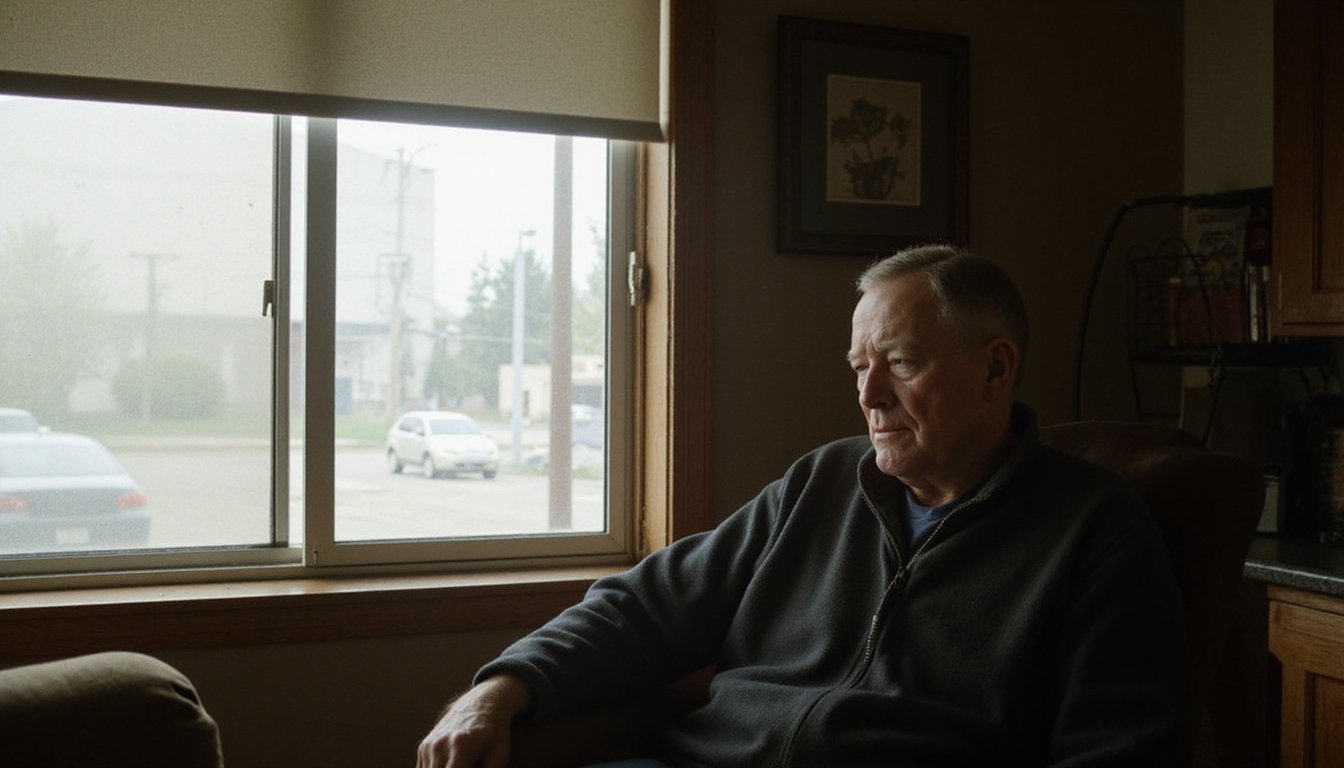What Is Oxycodone?
Oxycodone is an opioid drug commonly prescribed to alleviate moderate to severe pain. It is derived from thebaine, a natural opiate found in the opium poppy. Oxycodone works by binding to opioid receptors in the brain and spinal cord, which helps to reduce the perception of pain and increase feelings of well-being.
What Is Oxycodone Withdrawal?
Oxycodone withdrawal refers to the range of physical and psychological symptoms that occur when someone who has been taking oxycodone, particularly over an extended period or at high doses, reduces or stops using the drug. As the body becomes dependent on oxycodone, it adapts to the presence of the opioid, and when that substance is abruptly reduced or removed, withdrawal symptoms can set in.
Oxycodone Withdrawal Symptoms
Oxycodone withdrawal symptoms are so unpleasant that many who attempt to detox on their own will fail to ever complete the detox, meaning they remain in active addiction. To overcome the discomforts of detox, it is always recommended that the individual seeking recovery begin with a medical detox. During the medically monitored detox process, the detox team will provide necessary medical interventions and psychological support to help safely transition the person from detox and withdrawal into active rehabilitation.
Early stage of detox: Oxycodone withdrawal symptoms may begin as early as 6 hours after the last dose of the drug. The emerging symptoms include:
- Runny nose
- Tearing eyes
- Muscle and joint aches
- Yawning
- Restlessness
- Anxiety
- Sweating
- Insomnia
Peak stage of detox: Days 2-5 will feature an escalation of the withdrawal symptoms. These peak symptoms include:
- Nausea and vominting
- Diarrhea
- Abdominal cramping
- Blurred vision
- Goosebumps
- Rapid heart rate
- Elevated blood pressure
Subsiding stage of detox: Around day 5 the individual will notice symptoms beginning to subside. This final stage may last 1-5 days and features these symptoms:
- Vomiting
- Digestion problems
- Loss of appetite
- Dehydration
- Seizures (for more severe addictions)
Medication-Assisted Detox (MAT) For Oxycodone Withdrawal
Several drugs are FDA approved for helping someone with an opioid addiction succeed in their recovery efforts. The drugs work in different ways, so a doctor who specializes in addiction recovery determines the best MAT course of action. These drugs act to block opioid receptors in the brain and can block any high that the person would normally experience from opioids. Some of these drugs can be prescribed during detox to help diminish the discomforts of withdrawal. The MAT drugs include:
- Buprenorphine
- Suboxone
- Naltrexone
- Methadone
The drugs are all regulated and monitored, as these, too, can become drugs of abuse.
Comprehensive Treatment for Oxycodone Addiction or Dependence
It is a serious mistake to believe that once the body has been detoxified the person is good to go. Opioid addiction involves a lifelong effort to remain clean and sober. Without acquiring the tools needed to make fundamental changes in behaviors, there is no hope of overcoming the addiction. This is why an extended rehab program is needed if there is to be recovery success.
Rehab services for oxycodone recovery will vary to some extent depending on the underlying philosophy of the treatment program. However, in most rehabs a core menu of treatment interventions will define the program, including:
Psychotherapy: Psychotherapy remains the standard-bearer for addiction recovery as it serves two important functions—1) to examine and heal underlying emotional pain or trauma and 2) to identify disordered thoughts that have led to the self-destructive drug-seeking behaviors and then make fundamental changes in these thought/behavior patterns.
Group therapy: Meeting in small groups, facilitated by a therapist, allows a safe, supportive environment fostering peer support. In the group sessions individuals are encouraged to share their own experiences, frustrations, challenges, and hopes with others.
Addiction education: Learning about how drugs impact brain chemistry and how addiction develops helps individuals understand how dependency evolves. The classes teach recovery skills, such as coping skills, communication skills, conflict resolution skills, as well as prepare for post-rehab by developing a relapse prevention plan.
It is absolutely possible to break free from an oxycodone addiction and to reclaim a happy, fulfilling life.
Quest 2 Recovery Leading Los Angeles Rehab Provider for Oxycodone Recovery
Quest 2 Recovery is a private rehabilitation program located in North Lost Angeles County. Individuals desiring to overcome an addiction to oxycodone will find Quest 2 Recovery to be a comfortable, family-like program where they will receive abundant support and attention throughout the recovery process.
Offering a respite from the city, Quest 2 Recovery leverages the surrounding quiet serenity in creating a warm, inviting program where individuals heal and thrive in recovery. Using an integrated approach that combines core evidence-based therapies with holistic therapies, Quest 2 Recovery treats the whole person, not just the diagnosis. For more information about our program, or for specific questions about oxycodone withdrawal, please reach out to Quest 2 Recovery today at (888) 453-9396.
FAQs
How long does it take for oxycodone to leave the system?
Typically, oxycodone can be detected in urine for around 3-4 days after last use in occasional users. However, for chronic or heavy users, it may remain detectable in urine for up to 7 days or longer.
What is one of the first signs of withdrawal?
Withdrawal symptoms differ based on the specific drug and the severity of dependence, but commonly include nausea, vomiting, diarrhea, anxiety, and insomnia.
Can Oxycodone Withdrawal Lead to Death?
While oxycodone withdrawal itself is usually not life-threatening, it can lead to serious health risks if not properly managed. Symptoms like nausea, vomiting, and diarrhea can result in dehydration and electrolyte imbalances, which may require medical attention.






